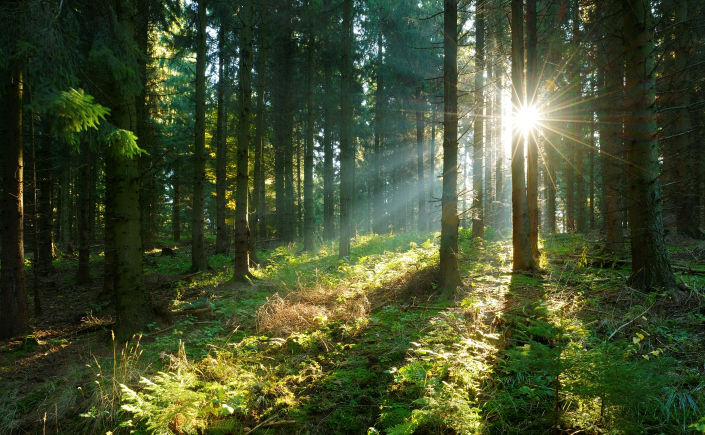
Trees are a vital resource for pulling carbon dioxide from the atmosphere and storing it as plant tissue.
As temperatures rise, however, so does the rate of respiration—the process of breaking down stored sugars for energy, releasing CO2. Scientists have feared that a warming climate will prompt a jump in trees’ respiration rates big enough to flip them from carbon sinks to carbon sources, and climate change will accelerate.
But in a new study of 10 boreal and temperate tree species led by U of M researcher Peter Reich, trees grown at 6 degrees F above ambient temperatures—a level of increase expected this century—showed only a 5 percent average increase in respiration rate, compared to a 23 percent increase for trees suddenly exposed to the higher temperature. In other words, the trees that had the chance to acclimate to the higher temperatures responded by dampening their respiration by nearly 80 percent compared to trees that had no such chance.
“This work is important because most global carbon cycle models ignore this respiratory adjustment and project accelerated climate warming because of elevated respiratory CO2 release,” says Reich, a Regents Professor of forest resources in the College of Food, Agricultural and Natural Resource Sciences (CFANS). “Now, with better data, we can make those models more realistic.”
Read more about this discovery on websites of Minnesota Public Radio and the New York Times.